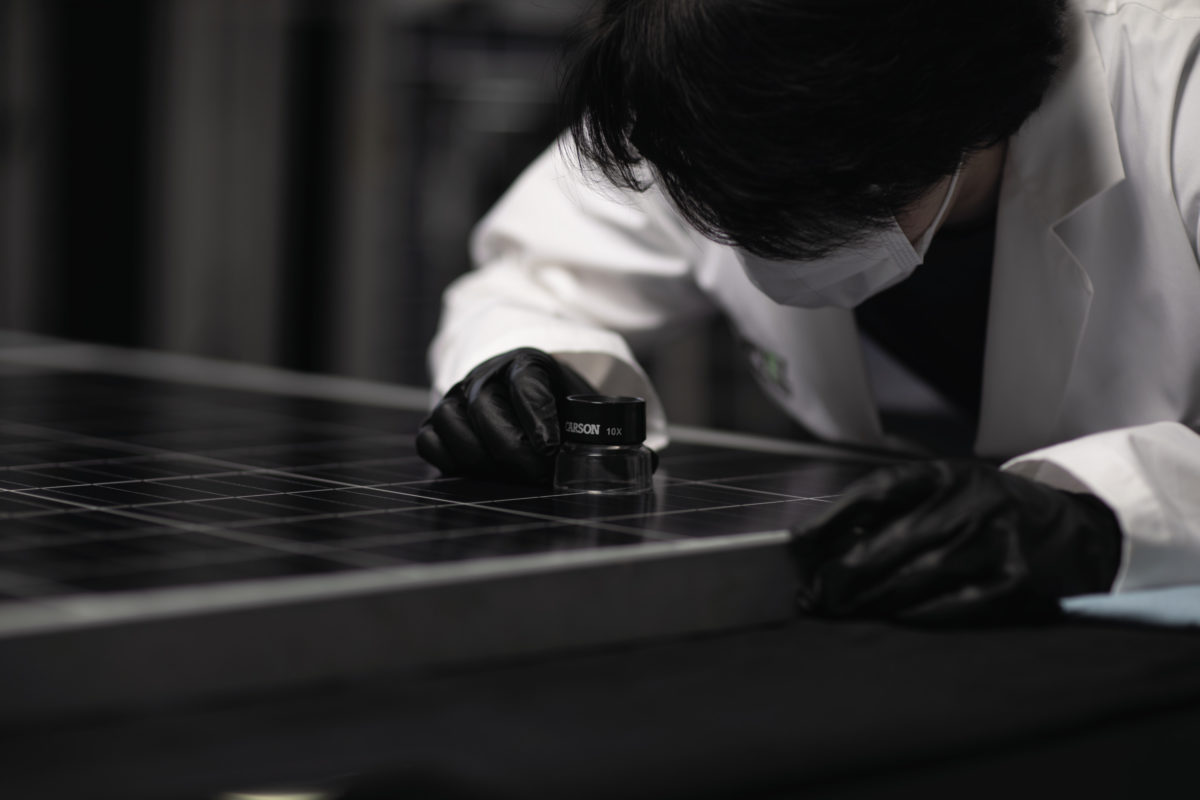Researchers from the European Commission have developed a ready-to-use methodology to quantify the carbon footprint of PV modules to be applied in regulatory contexts such as the European Union’s Ecodesign Directive. They shared their findings in “Assessing the carbon footprint of photovoltaic modules through the EU Ecodesign Directive,” recently published in Solar Energy.
The method is divided into nine main steps. These include a life cycle assessment (LCA) hotspot analysis devoted to identifying the areas where environmental impacts are most significant. This application of the method for PV modules identifies carbon footprint as the most significant area, but water and resource use, among others, could be considered instead.
The following steps involve adapting Product Environmental Footprint Category Rules (PEFCRs) for use in ecodesign requirements for PV modules. The new “harmonized calculation rules” are set to calculate the carbon impact of PV modules from production to market entry with a particular focus on manufacturing and shipment phases.
The method performs a sensitivity analysis of the PV modules’ silicon content, module yield, and electricity grid mix used in the manufacturing phase before it calculates the final results. The last steps involve interpreting the results, consulting stakeholders, and finally setting possible PV modules’ carbon footprint requirements.
Popular content
Based on their analysis, the researchers propose the following alternative regulatory approach to the carbon footprint of PV modules: introducing general or parameter-specific quantitative requirements establishing a maximum admitted threshold for the carbon footprint of PV modules; requiring information on the carbon footprint of PV modules; and having that information reported on the product’s energy label or datasheet.
“Setting ecodesign requirements for the carbon footprint of PV modules could result in significant energy savings, in particular within the energy-intensive manufacturing stage of these products,” the authors concluded.
They noted that their proposals do not necessarily reflect the official position of the European Commission.
This content is protected by copyright and may not be reused. If you want to cooperate with us and would like to reuse some of our content, please contact: editors@pv-magazine.com.


2 comments
By submitting this form you agree to pv magazine using your data for the purposes of publishing your comment.
Your personal data will only be disclosed or otherwise transmitted to third parties for the purposes of spam filtering or if this is necessary for technical maintenance of the website. Any other transfer to third parties will not take place unless this is justified on the basis of applicable data protection regulations or if pv magazine is legally obliged to do so.
You may revoke this consent at any time with effect for the future, in which case your personal data will be deleted immediately. Otherwise, your data will be deleted if pv magazine has processed your request or the purpose of data storage is fulfilled.
Further information on data privacy can be found in our Data Protection Policy.